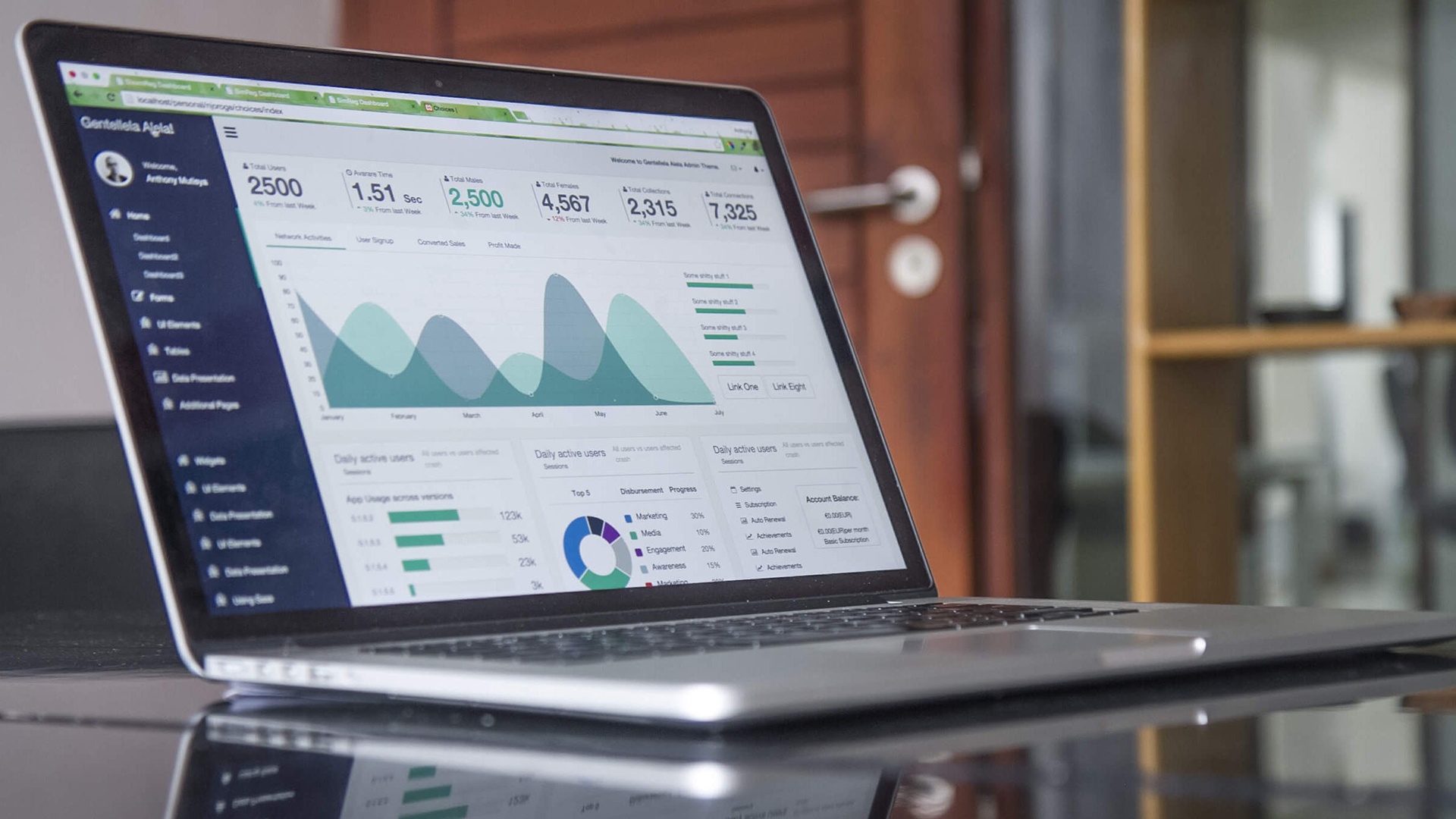“If you’re not measuring it – you’re not doing it"
Many initiatives in the (digital) pharma environment are measured purely by their execution. This means that already at the strategic setup of activities they have a good chance not being set up successfully. The central question that remains unanswered is: "What does success mean to us?" Digital Pharma Marketing Analytics are helping to answer this question.
The question about goals
One of the most important things to consider at the beginning of each project is the question:
"What do we want to achieve?"
These objectives should be consistent with:
- the company's goals
- the business unit's / department's goals
- product goals
- the goals of the service
Whether this is growth, revenue, profit or another business objective, the strategic decision remains, which must be defined at the beginning.
In a healthy, goal-oriented strategy approach, the so-called key performance indicators (KPIs) are the result, which make the success measurable and controllable over the duration. These must be linked to the strategic objectives and made measurable and visible using digital metrics.
Cardinal errors: Web metrics as KPIs with the example of unique visitors
In the digital environment there are some metrics that can make the success of an initiative visible. The original metric, which is always used here, is that of the unique visitors.
This describes the number of visitors to the initiative who have visited an initiative or website within a period. Of course, you can see from this figure how "interesting" this initiative is or how effective the application is.
However, this metric is sometimes deceptive. Because it does not say anything about reaching the RIGHT target group or whether the visitors disappear after a short glance.
A DETAILED LOOK AT THE METRICS – AN EXAMPLE
Instead you may look at all metrics in context and draw conclusions. For example, the previously mentioned unique visitors and the bounce rate. The bounce rate indicates how many users leave the initiative after the first page.
From the combination of unique visitors and bounce rate, you can see whether the visitors come across the relevant information you want them to convey.
To illustrate this, we take the following numbers:
- Your initiative reaches 3,000 unique visitors per month.
- Let's assume the bounce rate is 80%. (A normal bounce rate in the healthcare industry is about 40 to 60 percent.)
- Advertising of the initiative has a cost of € 500 per month.
Thus, they would pay € 0.83 per user who visits the relevant information.
(3,000 unique visitors * 80% bounce rate = 600 visitors; € 500 for advertising / 600 visitors = € 0.83)
This information, which you receive from the Analysis of your activities, is important for several reasons, because you will be able to see what you can do in the future, for example:
- Increase advertising spend to get more visitors to the initiative
- Optimisation of expenditure, such as addressing the target audience, other channels, et cetera
- Optimise navigation on the initiative, the so-called usability
- Optimise content to increase organic, cheaper (!) traffic
- Finding out which content works better than others
- Or whether you reach the right, for you relevant visitors
- And to turn them into leads and subsequently to customers
Credit: © Carlos Muza/Unsplash


